Tefaf New York finds its niche in 20th-century art
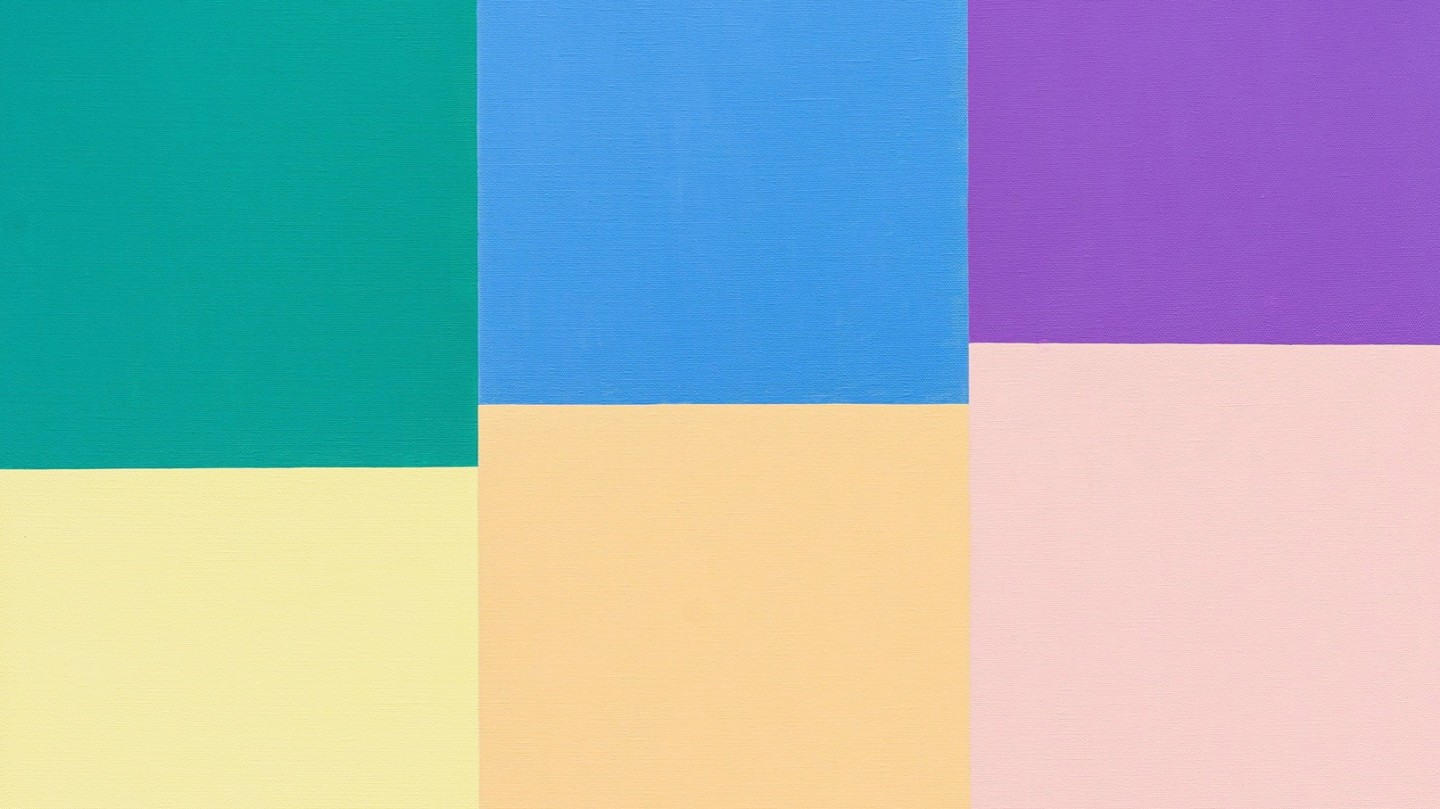
Roula Khalaf, Editor of the FT, selects her favourite stories in this weekly newsletter.
“When we set up the fair in New York in 2017, Tefaf was not so well-known in the Modern sphere,” says Will Korner, head of fairs at both the flagship Maastricht event and its New York iteration (May 11-16). “That changed over the years.” The reason is straightforward. Timed to coincide with the big Modern and contemporary auctions, Tefaf New York dealers are spurred to focus on blue-chip 20th-century art. This, Korner explains, is where a lot of galleries have had success.
“It is particularly exciting that many of these mega-galleries bring a more historical — sometimes more academic — presentation than you might get at Frieze or Art Basel, where the offer is much more skewed to artworks made in the 2020s,” Korner says. That presentation also embraces classical antiquities and tribal art — works that have both influenced Modern art and design and often attract the same collectors. While the autumn edition of Tefaf New York, which included art from antiquity to around 1900, was a victim of the pandemic, its legacy, as well as that of the veteran Maastricht fair, lingers on.
“The fair has that feeling of real connoisseurship,” says Marc Glimcher, president and chief executive of exhibitors Pace. “It has a long reputation from Maastricht of being a very carefully curated fair with special things — treasures — that are hard to find.” A sense of the small and precious is perhaps inevitable at a fair where the stand size is conspicuously modest — an average of 30 square metres. The approach of Pace, like many galleries, is to focus on a solo show for maximum visual impact, unveiling pieces never previously exhibited.
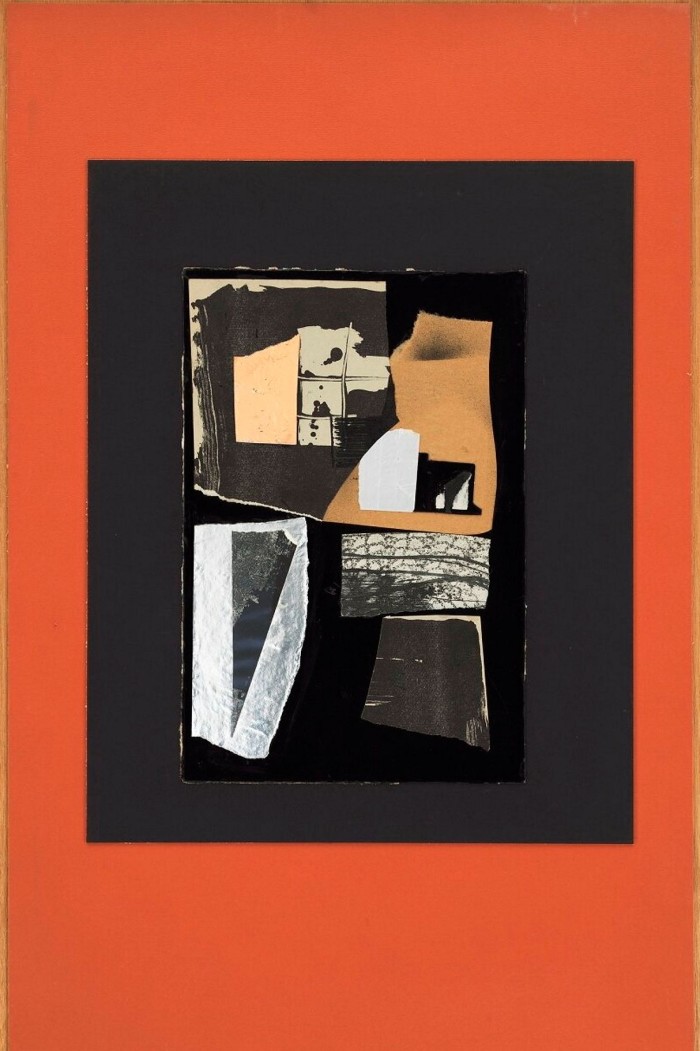
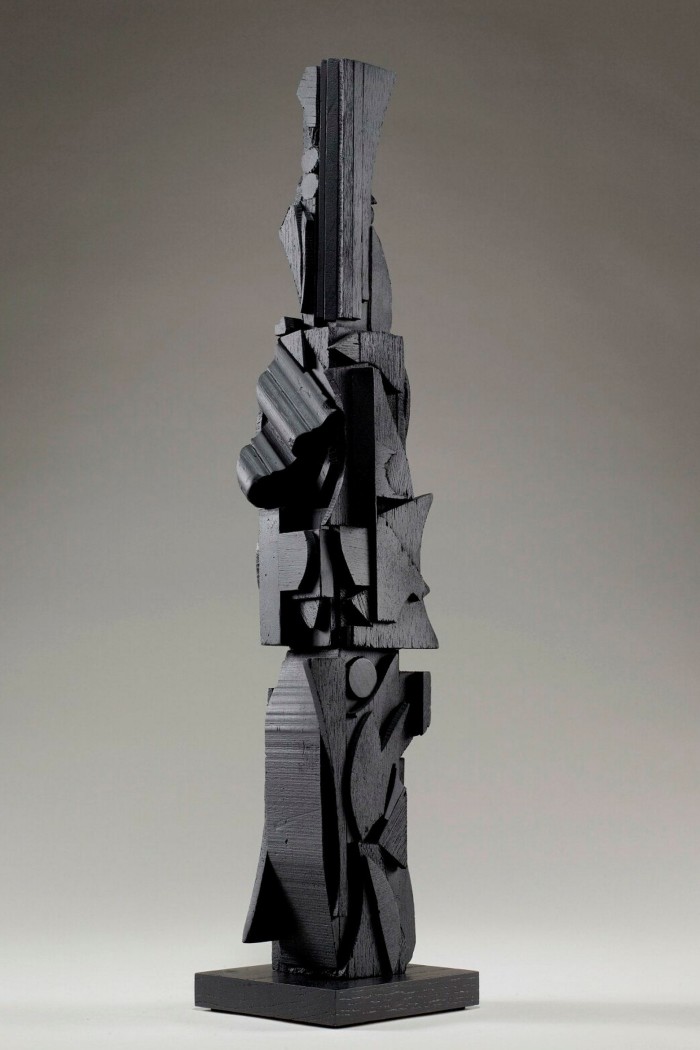
“I think Louise Nevelson is just a big topic of conversation right now,” says Glimcher of his chosen artist, “as are a lot of the most important woman artists of the mid-century.’” Following a major show at the Procuratie Vecchie in Venice last year, marking the 60th anniversary of the artist’s representation in the US pavilion at the Biennale, the show emphasises the importance in her practice of lesser-known collages, which she made from the 1950s until her death in 1988. The 11 here (priced at $100,000-$300,000) are shown alongside small-scale, monochromatic painted wood sculptures. Glimcher believes this is a moment to consider Nevelson’s “incredible importance” to abstraction in the US after the war. “She was up there as one of the real pioneers in radicalising the nature of sculpture.”
Another radical, Bridget Riley, is also in the spotlight. Now 92, the British artist was given a survey exhibition at the Yale Center for British Art last year, and a show of her drawings will move to the Morgan Library in New York in June. While Riley made her US debut in the groundbreaking The Responsive Eye exhibition at MoMA in 1965, where her Op Art was chosen for the catalogue cover, and although she is well-represented in American museums, dealer James Holland-Hibbert believes the artist’s reputation in the US has lagged behind Europe and Asia.
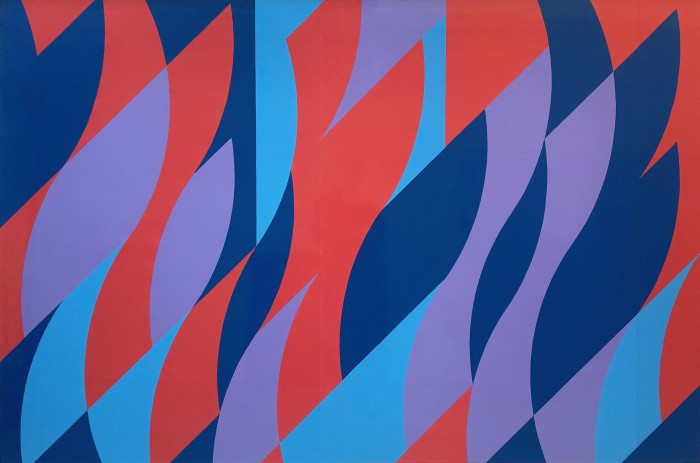
“The artist has given us five historic gouaches on paper to sell, all from her studio,” he says. “None of them have been seen before.” These five small Curve paintings, dating from the early 2000s, and one monumental “cartoon” are based on a sinuous, rhythmic line and executed in pulsating, chromatically close hues. They will be joined by a large-scale oil. Prices at Hazlitt Holland-Hibbert range from $200,000 to $2.5mn.
Thaddaeus Ropac takes a similar approach to Tefaf. “We like to make a statement, either by concentrating on one work or a single artist who is having a big moment.” The Austrian artist Martha Jungwirth, 83, is the subject of a major exhibition in Düsseldorf, and Tefaf provides Ropac with an opportunity to stage a dedicated show in the US, where interest in her work is growing, he says. These recent paintings (€50,000-€450,000) were also selected by the artist from her studio.
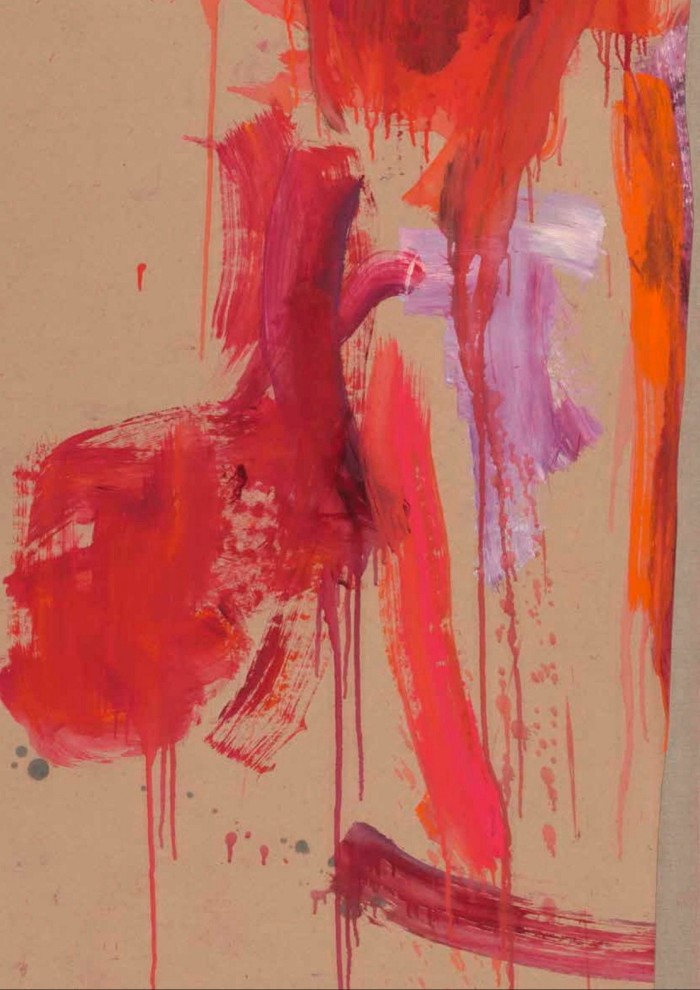
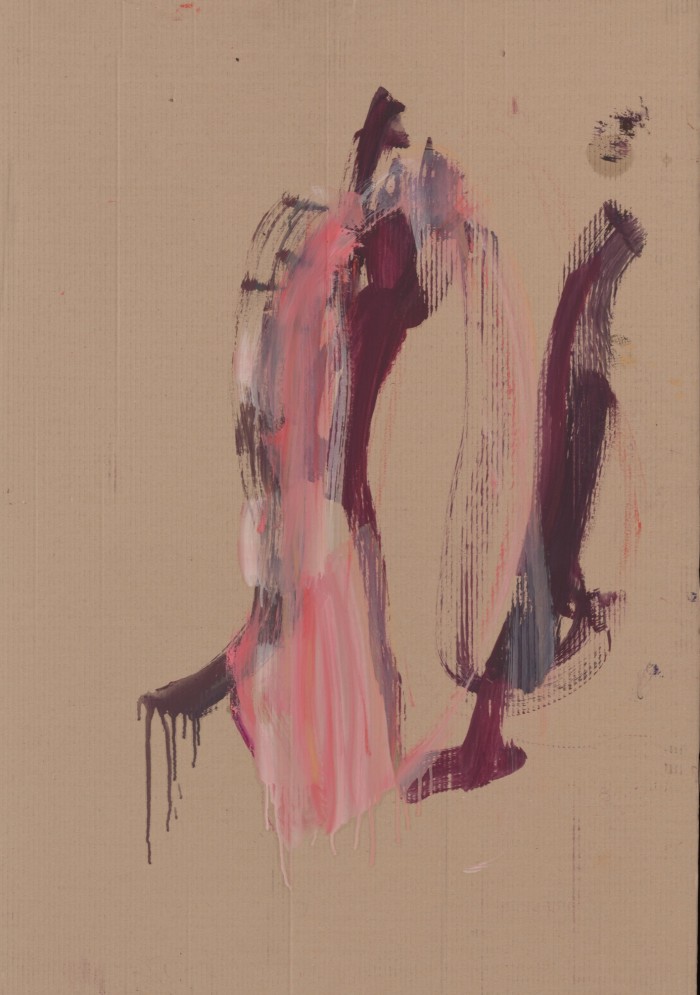
Although Jungwirth’s career flourished in the late 1970s after she won several prizes, the artist, says Ropac, “got sidetracked and people forgot about her”. It was the artist Albert Oehlen who was largely responsible for her dramatic rediscovery in 2010. Her instinctive, gestural and highly personal “impulses” involve a visceral palette of fleshy pinks, blood reds and bruised magenta.
James Mayor has chosen to introduce an artist to an American audience whom he himself only discovered six years ago: the Swiss painter Verena Loewensberg (1912-86). “Her work excited me immediately,” he says, describing the recent retrospective at Mamco in Geneva as “an eye-opener to an awful lot of people”. Initially part of the Zurich Concrete Art movement around Max Bill, Loewensberg is represented by luminous geometries and bolts of colour, all painted freehand ($200,000). Her later work evolved into pieces more akin to colour-field painting, Pop and minimalist art.
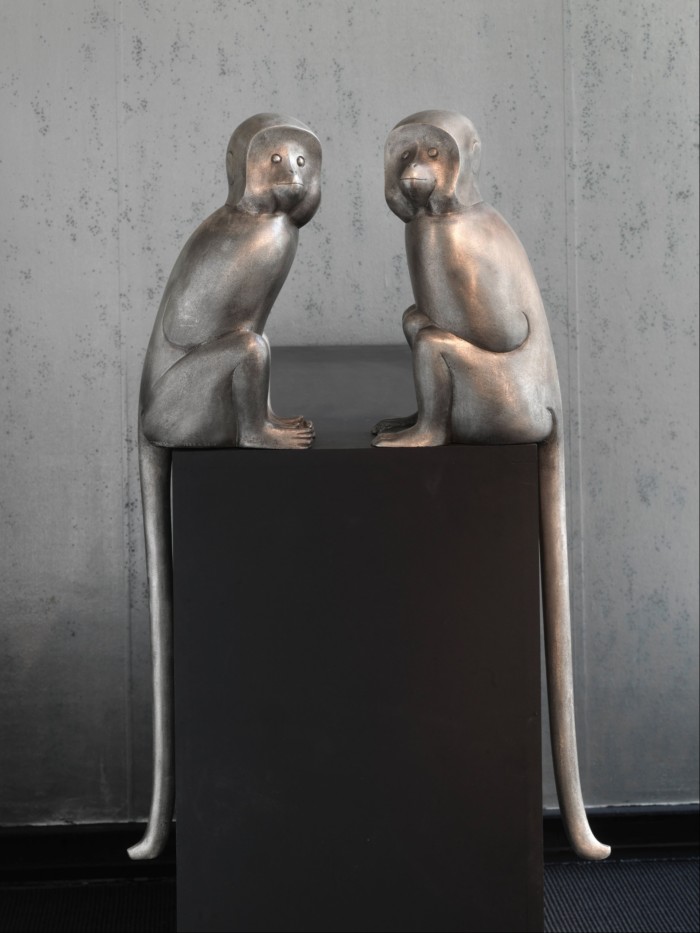
As for design, Galerie Mitterrand devotes its stand to the market darlings Claude and François-Xavier Lalanne ($25,000-$5mn). Drawn from an American private collection begun two decades ago, this whimsical menagerie centres around Claude’s editioned bronze and gilt-bronze Crocodile furniture, not least the ingenious Grand Banc Crocodile (2003), which features two of the reptiles thrashing through a reedy undergrowth. A pair of Francois-Xavier’s sought-after silver monkeys, the inquisitive Singes Alternatifs (2013), top the bill.
Tefaf has always benefited from the convergence of collectors and curators from across the Americas joining a sophisticated Manhattan audience for the auctions. With Frieze New York (May 17-21) hard on its heels this year, it is hard to imagine that it will not see a bumper crowd.

Comments